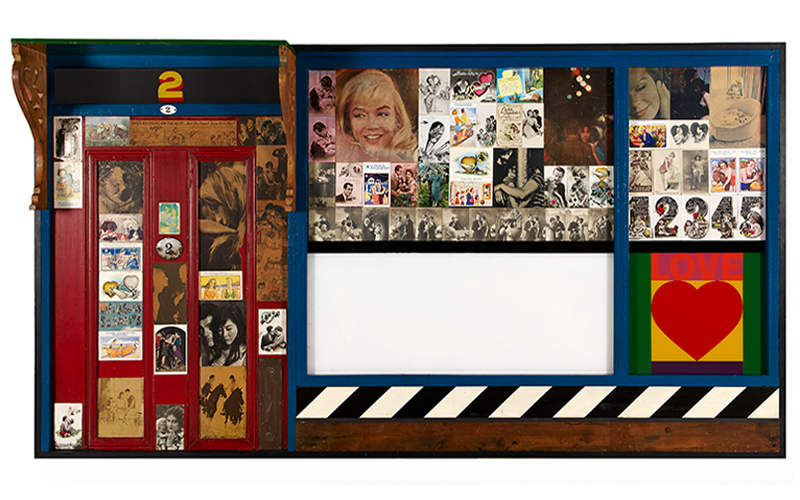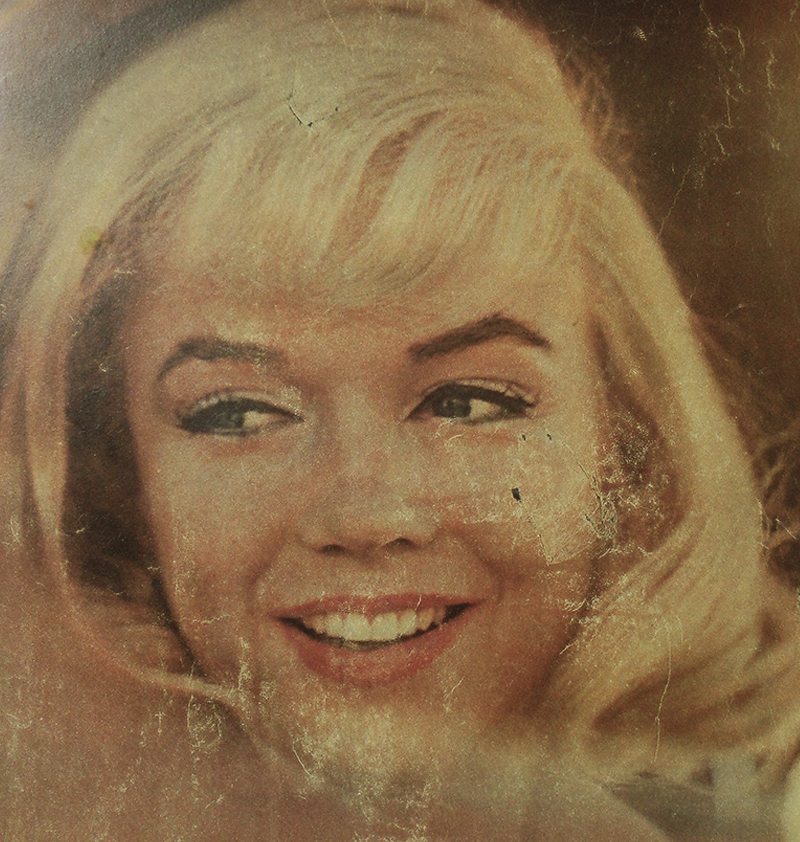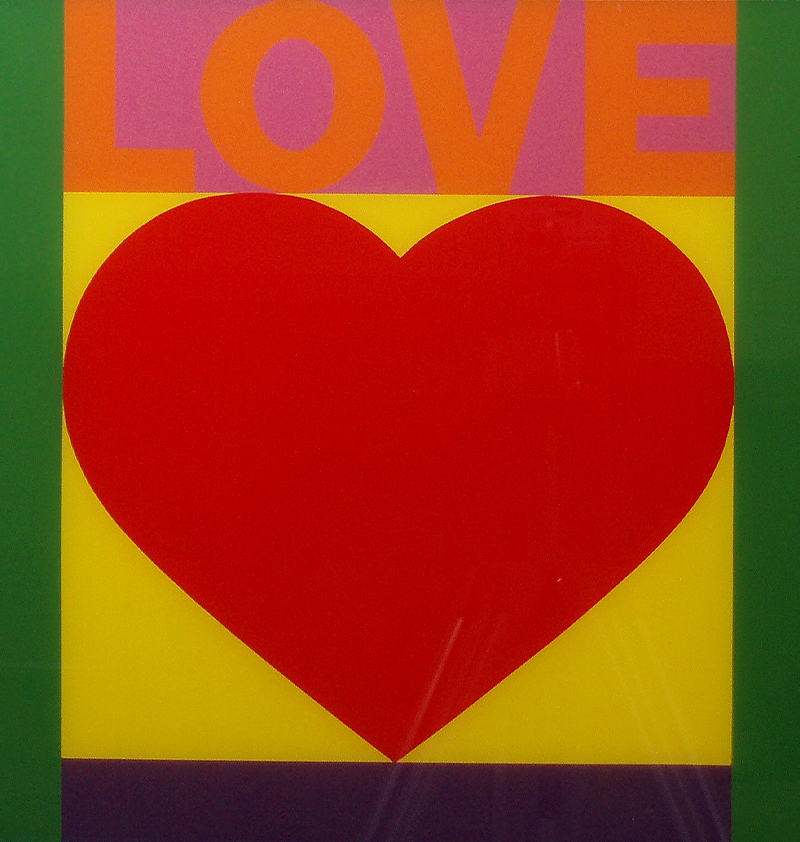‘Love shop’ or how to collect love

Let Us Face the Future was the slogan and declaration of intent used by the British Labour party in the 1945 United Kingdom general election. Labour put forward a radical manifesto, which included the nationalisation of various services and the creation of a welfare state, using the ‘V’ for ‘Victory’ from World War II to proclaim lasting, prosperous peace. This allowed Attlee to win a majority in the election with an unexpected victory over Churchill.
Let Us Face the Future. British Art 1945–1968 was the title given to an exhibition held at the Fundació Joan Miró in Barcelona in November 2010. The remarkable exhibition curated by Richard Riley and Andrew Dempsey followed the political, social and cultural changes taking place in the United Kingdom at a time when freedom and creativity were gaining prominence, from the post-war period to the 1960s, as the curators explained.
The Calouste Gulbenkian Foundation has played a central role in documenting this historical reality and holds a collection of British art that reflects the multiple artistic outputs produced from 1959 to 1965 in particular.
Love Wall by Peter Blake (b. 1932) travelled to Barcelona for the exhibition, along with Rising Wind by Peter Lanyon and Mr. and Mrs. Patrick Caulfield by Howard Hodking.

Love Wall is, without a doubt, one of the most exciting pieces in the Modern Collection. This masterpiece exudes magic and inspiration, drawing viewers in for a longer look.
It has been exhibited at several prominent exhibitions: Painting and Sculpture of a Decade 1954–64, held at the Tate Gallery in 1964, and London – the new scene, held at the Walker Art Center in Minneapolis in 1965. The piece has travelled frequently, appearing in key exhibitions of British pop art (in Rome, Madrid, Zurich) and retrospectives of Peter Blake’s work (at the Tate Gallery in 1983 and the Tate Liverpool in 2007).
Peter Blake began his career by studying Graphic Design, like several other artists linked to the pop art movement, such as Andy Warhol and Mel Ramos, before branching out into painting at the Royal College of Art in London.
Taking an interest in posters, postcards and other items linked to advertising and design, Blake incorporated symbols and collages into his early paintings. These elements went on to become representative of British pop art, originating in the work of Kurt Schwitters and the European Dada movement, as the artist himself observed.
Blake embraced popular culture in his work. The ‘Walls’ series, to which the painting in the CAM Collection purchased from the Robert Fraser Gallery belongs, is dedicated to stars such as Marilyn Monroe, Elvis Presley and Kim Novak, and includes wooden windows and doors, painting and collage.

Love Wall brings together 77 collages, including newspaper and magazine clippings, postcards and photographs, which depict loving couples, children, animals, kisses, caresses and hearts. Collecting has always played a key role in Peter Blake’s art: here, he collects love and outwardly happy couples. The stripes, heart and word ‘LOVE’ are perhaps intended to evoke American colour field painting and are symbols used by Blake in his work on an ongoing basis.

In his appearance in Ken Russell’s first documentary in 1962, Pop Goes The Easel, Blake appears to clean the black (?) – now white – acrylic of Love Wall, and observes that if we were able to enter the love shop, we would find all the elements displayed in the shopfront inside!
In the United Kingdom, the 1960s were a time of change, innovation and sexual revolution. Peter Blake was part of this, and so was Love Wall.
Patrícia Rosas
Curator of the CAM
Curators’ Choices
The curators of the CAM reflect on a selection of works, which include creations by national and international artists.
More choices